Understanding and Managing Athlete’s Foot
Athlete’s foot, also known by its medical name tinea pedis, is a common yet bothersome fungal infection characterized by itching, burning, and flaky skin on the feet. This condition is not only uncomfortable but also highly contagious, thriving in moist and warm environments such as gyms, locker rooms, and swimming pools. Understanding the nature of the fungus and adopting both preventive and treatment strategies are essential for managing and overcoming athlete’s foot.
The Fungus Among Us: How Athlete’s Foot Spreads
The culprit behind an athlete’s foot is the tinea fungus, the same organism responsible for ringworm infections. It spreads through direct contact with an infected person or indirectly by touching surfaces contaminated with the fungus. Given its preference for damp and dark conditions, the feet offer an ideal breeding ground for tinea, although it can affect other parts of the body as well. Despite its name, athlete’s foot isn’t limited to athletes; anyone can contract this infection under the right conditions.
Risk Factors and Symptoms
Certain individuals may be more susceptible to athlete’s foot, including those with a history of tinea or other skin infections. The severity and recurrence of infections can vary widely from person to person. Some may not even realize they have an athlete’s foot due to a lack of symptoms, while others experience discomfort ranging from mild itching and redness to severe blistering, cracking, and pain.
Prevention: Your First Line of Defense
Preventive measures are crucial in avoiding athlete’s foot, given its recurrent nature. Here are some practical steps to minimize your risk:
- Wear Protective Footwear: Flip-flops or sandals should be worn in public showers, locker rooms, and around swimming pools to reduce direct contact with contaminated surfaces.
- Maintain Dry, Clean Feet: Keeping your feet dry and clean reduces the fungus’s ability to thrive. Consider using antifungal powders to absorb moisture.
- Ensure Proper Foot Hygiene: Wash your feet regularly and dry them thoroughly, especially between the toes. Choose breathable footwear and socks made from materials that wick moisture away from the skin.
Treatment Options for Athlete’s Foot
While prevention is key, effective treatments are available for those who contract athlete’s foot. Topical antifungal medications, available as creams, ointments, or sprays, are typically the first line of treatment. These products are designed to eliminate the fungus and alleviate symptoms. In more persistent cases, a podiatrist may prescribe oral antifungal medications. It’s important to follow the treatment regimen as directed and to continue using the medication for the recommended duration to prevent recurrence.
Consult a Professional for Persistent Cases
If over-the-counter treatments fail to resolve the symptoms or if the infection keeps coming back, it’s advisable to consult a podiatrist. A foot specialist can assess your condition, recommend more potent treatments, and provide personalized advice on foot care and prevention strategies.
Conclusion
Athlete’s foot is a common yet manageable condition with the right preventive measures and treatments. By understanding how the infection spreads and adopting a proactive approach to foot hygiene, you can significantly reduce your risk of developing an athlete’s foot. Should you find yourself dealing with this fungal infection, remember that effective treatments are available, and in more stubborn cases, professional help from a podiatrist can guide you toward relief and recovery.


